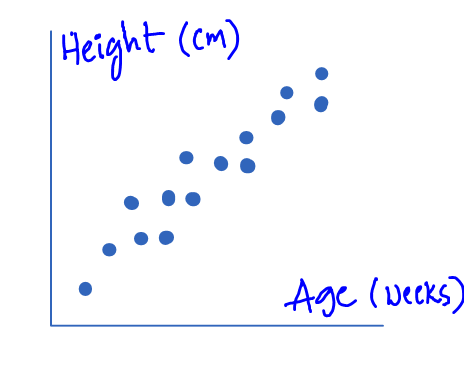
At the Speed of Light Objects Can be identified Through AI Devices
Artificial neural networks , now used in artificial intelligence technologies are designed to solve heavy computing tasks, such as the recognition of objects on images, for example, task are associated with large high-performance computing systems or specialized neuromorphic processors, whose work is based on the principles of the brain .
However, researchers from the University of California in Los Angeles have discovered a new way to implement an artificial neural network, using light passing through a series of special diffraction plates made using 3D printing technologies.
Naturally, such a neural network literally works at the speed of light, and its operation requires not that much energy.
Traditionally, the technologies of deep machine learning and self-learning are realized on the basis of neural networks created programmatically in the depths of sufficiently powerful computers.
And some of the most successful implementations of these technologies can already be compared, and sometimes exceed the person in terms of speed and quality of work.
Nevertheless, this approach to the implementation of neural networks has a number of drawbacks, the main of which is the need to use a large amount of computer resources and, as a consequence, a sufficiently large amount of energy consumed during operation.
To solve this problem, a group headed by Dr. Aydogan Ozcan decided to abandon the use of electrons in favor of using photons of light. And the result of their work was completely optical diffraction deep neural network (Diffractive Deep Neural Network, D2NN).
In this network, plates of transparent material printed on a three-dimensional printer are used. The space of each plate is divided into thousands of three-dimensional “pixels” reflecting and refracting the light passing through them in a strictly defined way.
The rays of light processed by each of the pixels are added to a diffraction pattern, the image of which passes through the next plate. This approach allows you to perform multi-stage processing of data that is enclosed in a light stream that hits the first plate, and the most interesting is that no additional energy is needed to process the data, except for that which is already contained in the input light flux.
In appearance, the plates of the diffractive neural network are somewhat reminiscent of gold-plated plates from a conventional car battery. Despite such an unusual form, such a neural network, operating literally at the speed of light, successfully copes with such problems as image analysis, search and classification of objects, etc.
And in the future, such miniaturized neural networks can even be built into cameras or smartphones, where they will perform some specific tasks, allowing you to identify objects and provide images with specific keywords, for example.
“The most interesting thing is that the neural network consists exclusively of passive components that can be made layer by layer,” says Dr. Ozkan. “These layers are connected with each other by the diffraction phenomenon and as a result we have a completely optical system, capable of performing computational tasks at the speed of light. “
The diffraction neural network created by scientists is so far only a proof of the operability of the ideas and solutions embedded in it.
Nevertheless, the emergence of this network is already opening up a lot of new unique opportunities for the technologies of machine-based deep learning and self-training of the next generations.



